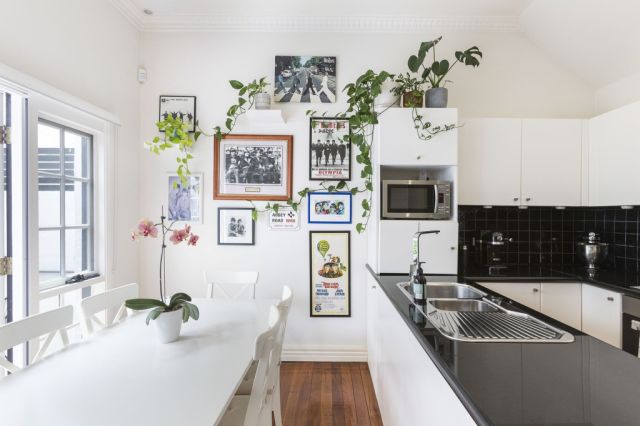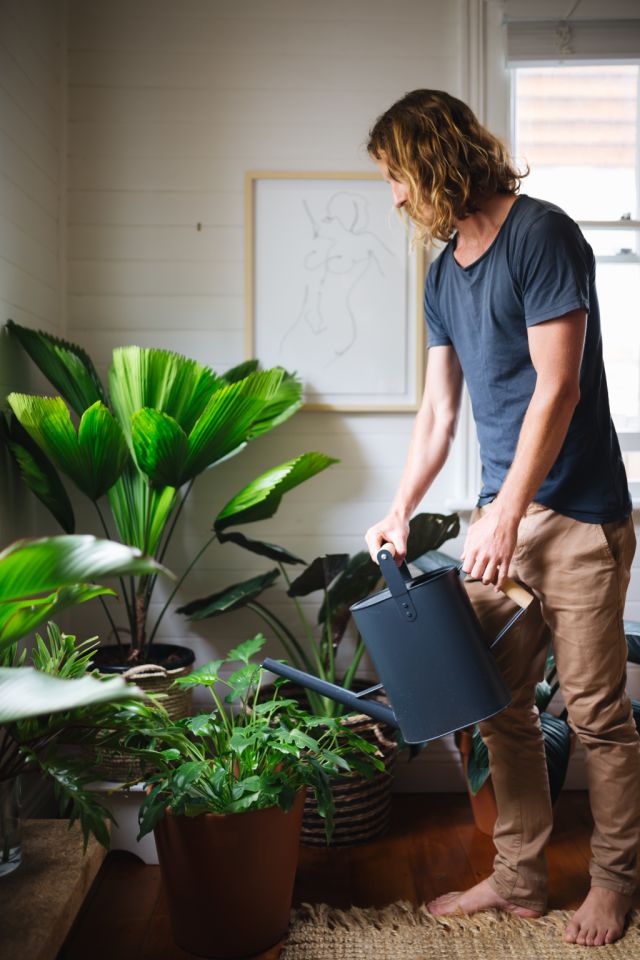6 Interior Trends Designers Are Ditching In 2026
Trends move at lightning speed, and six once-favoured styles are on the way out. Leading designers reveal what’s falling behind and what to embrace in 2026 if you want to stay ahead of the curve. Greige Greige, a nuanced blend of grey and beige, first piqued attention in the 1980s … Read more

